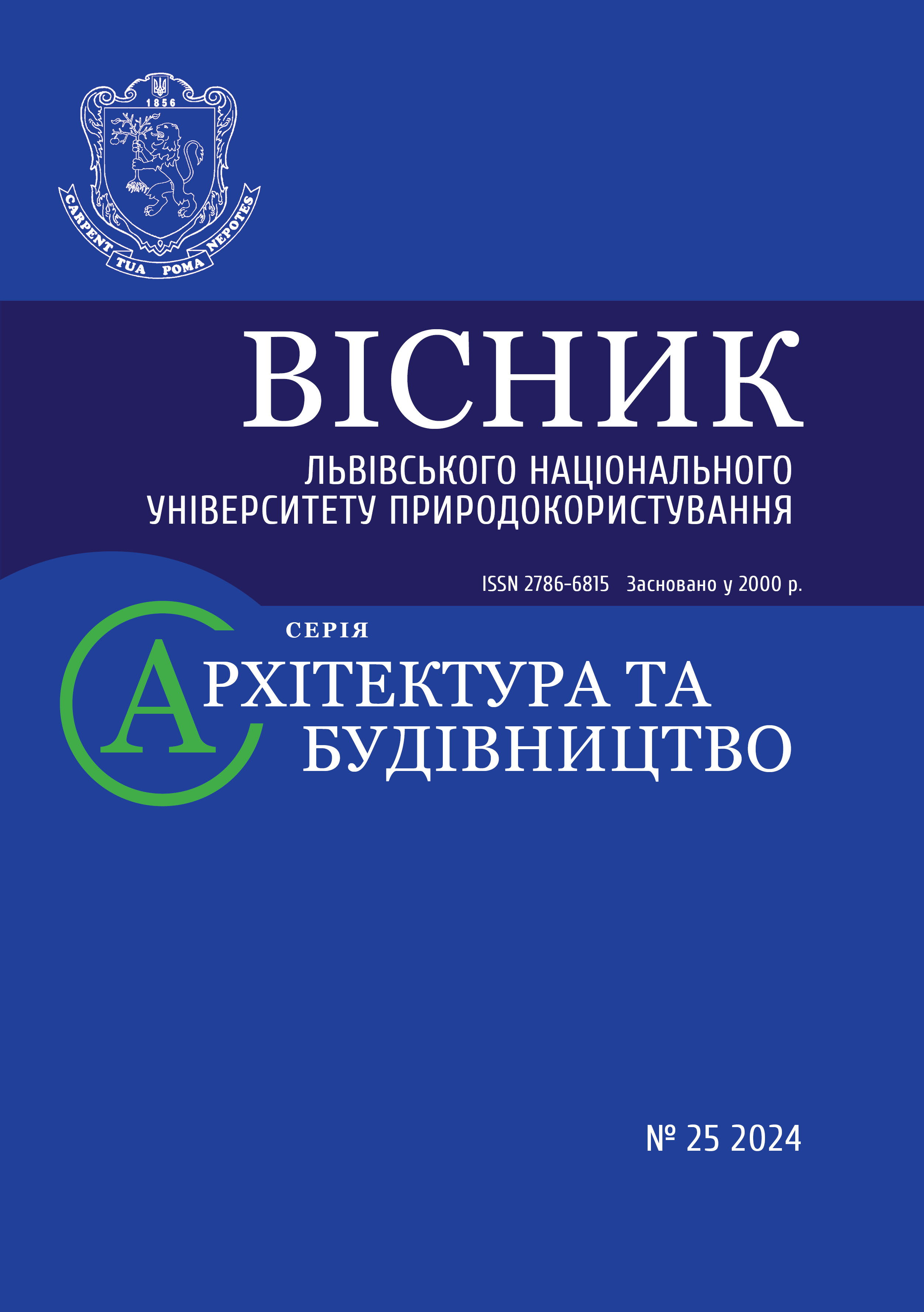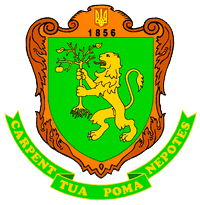THE INFLUENCE OF THE REPAIR SURFACE ON THE STRENGTH OF CONCRETE CONTACT JOINTS
DOI:
https://doi.org/10.31734/architecture2024.25.073Keywords:
concrete samples, bond strength, shotcrete technology, contact surfaceAbstract
Buildings and structures after long-term use of concrete and reinforced concrete need repair, restoration and strengthening. This is due to many factors, material defects, damage during operation, design errors, etc.
The strength of the bond between old and new concrete or shotcrete during repair joints varies, and it depends on several factors, namely the age of the old and new concrete; nature of surface preparation; method of entry and hardening conditions.
The experience of repairing and strengthening reinforced concrete structures demonstrates that shotcrete technology is effective for restoring or repairing cement and concrete surfaces. This technology allows for the mechanization of all processes, from surface preparation to the application of dense shotcrete layers, ensuring strong adhesion between the layers. The study examines factors that influence the performance of the contact seam, the repair surface, and the layer matrix. To analyze their interactions, 72 concrete samples were prepared under laboratory conditions, featuring four surface treatments: smooth (a flat surface cleaned with a wire brush), smoothly milled (milling on a flat surface), rough (notches applied to the concrete surface), and rough milled (the surface notched and then milled and cleaned with a wire brush).
In the work, the authors experimentally evaluate the bond strength of concrete and shotcrete, having prepared the surface and installed metal clips on it. The inner space of the cage is filled with concrete or a layer of shotcrete is applied. After proper aging in normal conditions and in 28–32 days, the samples are subjected to research, tearing off the metal clip from the concrete surface. The experimental results lead to specific conclusions, particularly that milling concrete samples, whether rough or smooth, does not enhance adhesion with shotcrete.
References
Emmons P. H., Vaysbuurd A. M., McDonald J. E. Concrete Repair in the Future Turn of the Century-Any Problems. Concrete International. 1994. Vol. 16, No 3, March. P. 24–49.
Hross O. I., Poias D. V. Strength of contact joints of reinforced concrete structures. Roads and bridges: Coll. of science pr. 2009. Kyiv: DNDI, 2009. Issue 11. P. 57–64.
Lee J., Drzal L. T. Surface characterization and adhesion of carbon fibers to epoxy and polycarbonate. International Journal of Adhesion & Adhesives. 2005. Vol. 25. Р. 269–275.
Mazurak A. V., Barabash V. M. The use of shotcrete in strengthening concrete and reinforced concrete structures. Roads and bridges: a collection of scientific papers. 2008. Vol. 10. Kyiv: DNDI, 2008. P. 172–176.
Mazurak A. V., Kovalik I. V., Mykhailechko V. O., Kalitovskyi V. M. Strength of contact joints during repair or strengthening of concrete elements. Bulletin of Lviv Polytechnic National University: theory and practice of construction. 2013. No 755. P. 249–254.
Mazurak A., Kalchenko V., Tsap O., Mykhailechko V., Sobchak-Piastka Yu. Methods of assessing the shear strength of contact seams of concrete layers. Bulletin of Lviv National Environmental University: architecture and agricultural construction. 2020. No 21. P. 21–26.
Morgan D. R. Compatibility of concrete repair materials and systems. Construction and Building Materials. 1996. Vol. 10, No 1. Р. 57–67.
Pshinko O. M., Krasniuk A. V., Hromova O. V. Selection of materials for repair and restoration of concrete and reinforced concrete structures of transport facilities taking into account the compatibility criterion: monograph. Dnipropetrovsk, 2015. 195 p.
Seymour B., Martin L., Clark C., Stepan M., Jacksha R., Pakalnis R., Roworth M., Caceres C. A practical method of measuring shotcrete adhesion strength./ 2010 SME Annual Meeting and Exhibit, February 28 – March 3, Phoenix, Arizona, Preprint 10–137.
Valovoi O. I., Herb P. I. Study of the operation of the contact seam during reinforcement of reinforced concrete structures by the gluing method. Bulletin of Kryvyi Rih National University. 2016. Issue 43. P. 34–38.
Valovoi O. I., Popruha D. V. Modern materials for strengthening reinforced concrete flexural elements. Resource-saving materials, structures, buildings and structures. 2015. Issue 31. P. 401–407. URL: http://nbuv.gov.ua/UJRN/rmkbs_2015_31_55. (Accessed June 12, 2024).


